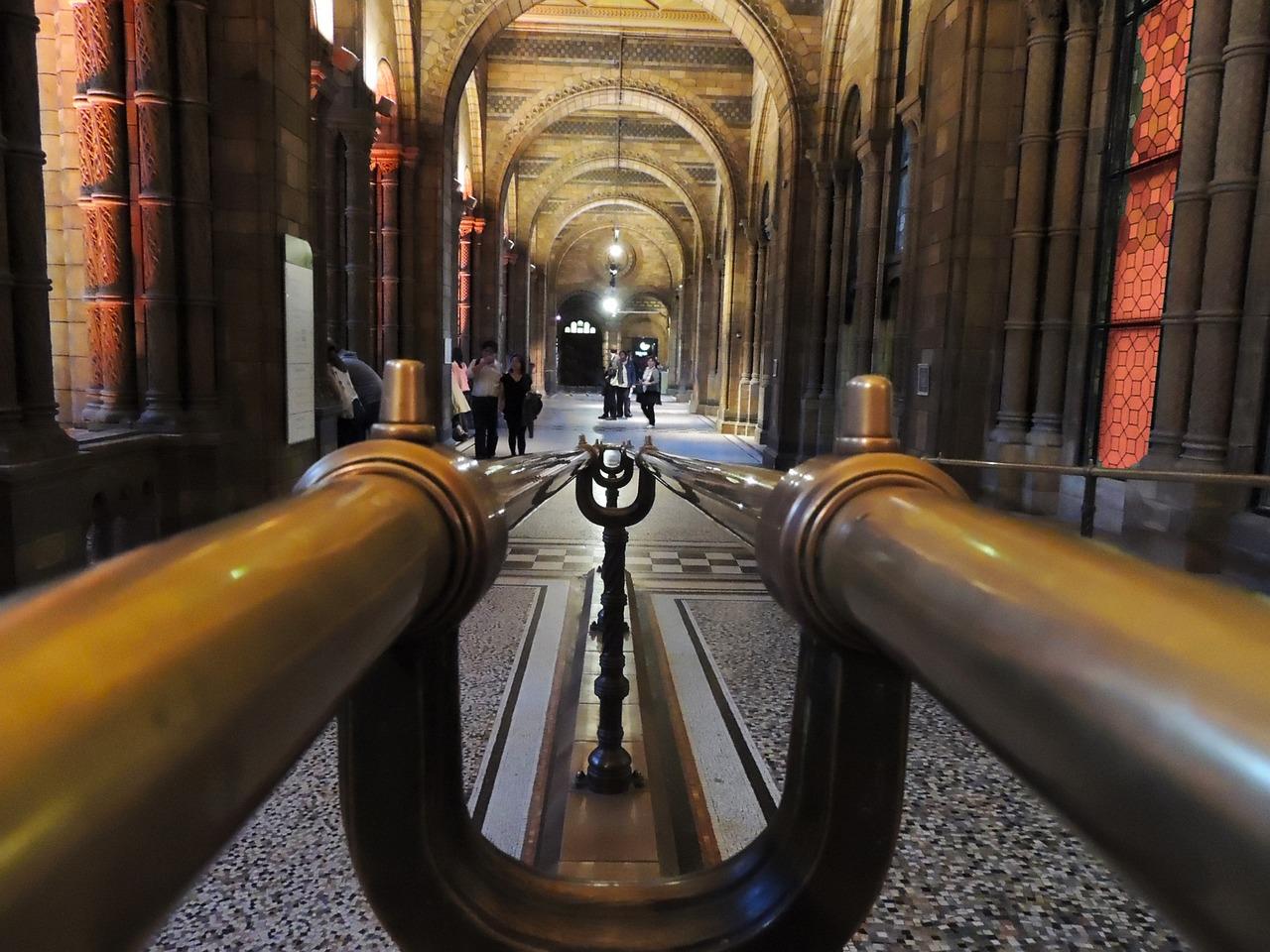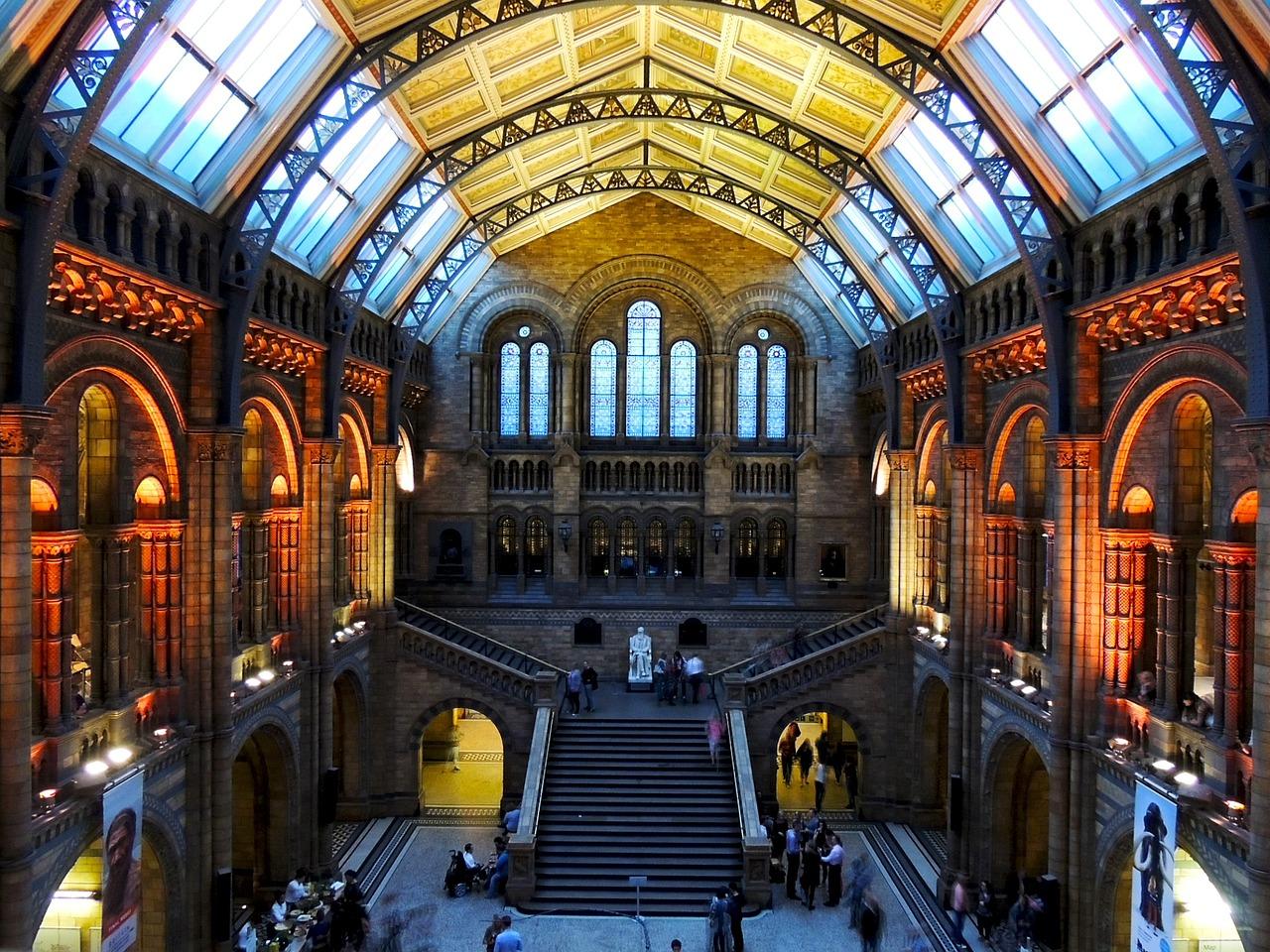Welcome to my blog post dedicated to exploring the fascinating art movement that Norman Lewis belonged to. In this article, we will dive deep into the world of abstract expressionism and unravel the significance of Lewis’ contributions within this avant-garde movement.
Abstract expressionism, commonly referred to as action painting, emerged in the mid-20th century and broke away from traditional artistic conventions. This groundbreaking movement valued individual expression, spontaneity, and a focus on the act of creation itself. As we delve into Lewis’ journey as an abstract expressionist, we will also touch upon his unique approach and the societal context in which he worked.
So, let’s embark on a captivating exploration of Norman Lewis’ artistry and discover why his contributions made an indelible mark on the abstract expressionist movement.
Which Art Movement Does Norman Lewis Belong To
Norman Lewis, a prominent African American artist, made significant contributions to the art world, leaving an indelible mark on the American art scene. Born in 1909, Lewis’s artistic journey spanned several decades, witnessing the emergence of various art movements. So, which art movement does Norman Lewis belong to? Let’s delve into the fascinating world of art and uncover Lewis’s artistic affiliation.
Abstract Expressionism: A Shifting Canvas
At the heart of Lewis’s artistic endeavors lies his association with Abstract Expressionism, an art movement that gained popularity in the mid-20th century. This movement focused on the expression of emotions and ideas through abstract forms and gestural brushstrokes. As an Abstract Expressionist, Lewis sought to evoke feelings and provoke thought rather than represent objects in a traditional sense.
The Harlem Renaissance: A Renaissance Man
While Lewis is best known for his contributions to Abstract Expressionism, it is important to acknowledge his roots in the Harlem Renaissance. The Harlem Renaissance was a cultural and intellectual movement that flourished in Harlem, New York, during the 1920s and 1930s. It celebrated African American culture, promoting social and artistic advancements. Lewis, who was part of this vibrant artistic community, drew inspiration from the cultural richness and social struggles of the Harlem Renaissance.
Activism and Social Commentary
Beyond being categorized under a specific art movement, Norman Lewis was deeply involved in the civil rights movement. Through his art, he explored themes of racial inequality, social justice, and the African American experience. His works served as a visual medium to address the pressing issues of his time, making powerful statements through artistic expression.
Lewis’s Unique Style: Breaking Boundaries
While Lewis’s art may align with the principles of Abstract Expressionism, it is essential to acknowledge that he infused his unique style into his works. His experimentation with various techniques, like blending abstraction and representation or incorporating elements of jazz music, set him apart from his contemporaries. Lewis’s ability to push the boundaries of artistic expression showcases his versatility and innovation as an artist.
A Timeless Legacy
Today, even though Norman Lewis is no longer with us, his artistic legacy lives on. His contributions to the art world continue to resonate, inspiring generations of artists to explore new avenues of creativity and social commentary. Lewis’s ability to bridge the gap between art and activism serves as a reminder of art’s power to promote change and challenge societal norms.
In conclusion, Norman Lewis, with his association with Abstract Expressionism and roots in the Harlem Renaissance, has solidified his place in the annals of American art history. His ability to merge artistic expression with activism showcases his significance as a thought-provoking artist. As we continue to appreciate his works, let us not merely categorize him within the confines of a specific art movement, but rather celebrate the breadth and depth of his artistic contributions to both the art world and society as a whole.
FAQ: Which Art Movement Does Norman Lewis Belong To
Introduction:
In the vibrant world of art, there are many movements and styles that have shaped the course of history. One such artist who made a significant impact with his unique approach is Norman Lewis. In this FAQ-style subsection, we will explore the art movement to which Norman Lewis belongs and delve into other intriguing aspects of his artistic journey.
Why was it out of the ordinary for Norman Lewis to become an abstract expressionist artist in his time
Norman Lewis, a highly talented African-American artist, emerged during a time when the art world was predominantly white-centric. The African-American community faced immense barriers in gaining recognition within the abstract expressionist movement. Lewis’s success as an abstract expressionist artist, despite these systemic obstacles, was extraordinary and inspiring.
What is Norman Lewis known for
Norman Lewis is renowned for his powerful abstract expressionist works that beautifully convey his personal experiences and reflect his deep-rooted concerns about social inequality. His paintings often embody a sense of vitality, emotion, and movement, making his artistic style truly captivating.
Which art movement does Norman Lewis belong to – conceptual art, abstract expressionism, or pop art
Norman Lewis is primarily associated with the abstract expressionist movement. This movement, which gained popularity in the mid-20th century, emphasized the artist’s personal expression and inner emotions through abstract forms and dynamic brushwork. While Lewis did experiment with other artistic techniques, his most significant contributions align with the abstract expressionist movement.
Is Norman Lewis alive
Unfortunately, Norman Lewis passed away in 1979, leaving behind a remarkable artistic legacy that continues to inspire and influence artists today.
What media did Norman Lewis use
Norman Lewis explored various media throughout his career, including oil and acrylic paints, charcoal, ink, and collage. He expertly used these materials to create captivating textures, bold color palettes, and expressive brushstrokes in his artworks.
What are the movements of abstract expressionism
Abstract expressionism itself is not limited to a single movement but can be classified into two main styles: action painting and color field painting. Action painting, often referred to as “abstract expressionism,” involves spontaneous and energetic brushwork with an emphasis on the physical act of painting. Color field painting, on the other hand, focuses on large, uninterrupted areas of vibrant color.
Who are the three famous Baroque artists
The Baroque period, known for its ornate and dramatic style, produced several noteworthy artists. Three of the most famous Baroque artists include Caravaggio, Rembrandt, and Bernini. Each of these masters made significant contributions to the art world and left an indelible mark on the Baroque movement.
How do you recognize a Baroque painting
Baroque paintings are characterized by their grandeur, emotional intensity, and attention to detail. They often depict dramatic scenes with strong contrasts of light and shadow, known as chiaroscuro. The figures in Baroque paintings are often dynamic and engage the viewer, drawing them into the narrative. Ornate details, rich colors, and elaborate compositions are also common elements of Baroque artwork.
What is the purpose of abstract expressionism
Abstract expressionism aimed to express the artist’s inner emotions, emphasizing personal expression over recognizable subject matter. It sought to evoke powerful emotions and engage viewers on a deep, visceral level. Abstract expressionist artworks often provided a platform for artists to explore their thoughts, beliefs, and experiences without the constraints of traditional representation.
Which American artist is known for his use of action painting
Jackson Pollock, often considered a pioneer of the abstract expressionist movement, is renowned for his innovative use of action painting. Pollock’s unique technique involved dripping and pouring paint onto canvases placed on the floor, allowing him to engage with the artwork physically. This approach created dynamic, energetic compositions that embodied the spirit of action painting.
What is the meaning message behind Nick Cave’s artwork
Understanding the specific meaning behind an artist’s work can be subjective, as interpretations vary among viewers. However, Nick Cave’s famous “Soundsuit” series is known to explore themes of identity, race, and social issues. These vibrant, anthropomorphic sculptures serve as visual statements and metaphors, raising questions and sparking conversations about cultural identity and the human experience.
What culture does this Soundsuit piece by Nick Cave reference
Nick Cave’s Soundsuit sculptures draw influences from various cultures, blending elements of African ceremonial costumes, Haitian Vodou, and contemporary fashion. By combining these diverse cultural references, Cave sparks conversations about heritage, identity, and the ways in which different cultures intersect and interact.
What art movement are we in right now
As of now (2023), the art world is characterized by a diverse range of movements and styles. However, it is worth noting that contemporary art encompasses a wide array of artistic practices, including but not limited to conceptual art, post-modernism, street art, installation art, and digital art. The boundaries between movements have become less defined, allowing artists to express their creativity through various mediums and approaches.
What is the neo-expressionism movement
Neo-expressionism emerged as a reaction to minimalism and conceptual art in the late 1970s and early 1980s. This movement reintroduced emotion, gestural brushwork, and personal expression back into contemporary art. Artists associated with neo-expressionism, such as Jean-Michel Basquiat and Anselm Kiefer, focused on vivid, raw depictions that conveyed their innermost thoughts and feelings.
What is Baroque painting style
Baroque painting style embodies the theatrical and extravagant spirit of the Baroque period. It is characterized by its dynamic compositions, dramatic lighting, and rich, vivid colors. Baroque painters employed various techniques to create depth and movement, such as chiaroscuro, tenebrism, and foreshortening. This highly ornate style aimed to stimulate the senses and convey a sense of grandeur.
Who was influenced by Norman Lewis
Norman Lewis, with his bold artistic vision and innovative approach, influenced many artists who came after him. His impact can be seen in the work of contemporary African-American artists like Kerry James Marshall, Mark Bradford, and Mickalene Thomas. Lewis’s contributions to abstract expressionism and his dedication to addressing social issues continue to inspire artists striving for artistic excellence and social change.
Where was Norman Lewis from
Norman Lewis was born in New York City, New York, in 1909. Growing up in Harlem, he experienced firsthand the vibrancy and challenges of the African-American community, which greatly influenced his artistic journey.
What are the two movements of German Expressionism called
The two main movements of German Expressionism are Die Brücke (The Bridge) and Der Blaue Reiter (The Blue Rider). Both movements emerged in the early 20th century and sought to express emotions and individuality through expressive brushwork and bold colors. They rejected traditional academic styles, focusing instead on raw emotion and personal expression.
Who is considered the father of action painting
Jackson Pollock is widely regarded as the father of action painting, a key component of the abstract expressionist movement. His innovative techniques and radical approach to creating art through physical and spontaneous actions revolutionized the art world and had a profound influence on subsequent generations of artists.
Conclusion:
In this FAQ-style subsection, we explored the art movement to which Norman Lewis belongs and answered various questions about his life, artistic style, and influences. Norman Lewis’s contributions as an abstract expressionist artist continue to be celebrated, and his powerful artworks serve as a testament to the enduring power of artistic expression.

